Revolutionizing Railways: How AI is Overhauling Track Condition Monitoring
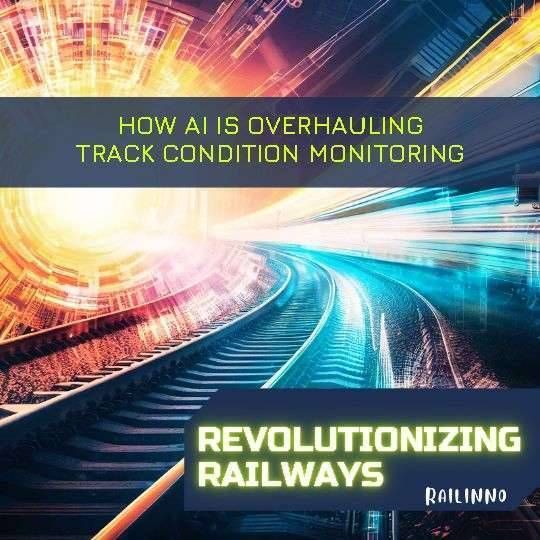
Are we on the brink of a new era in railway track maintenance, where the traditional solutions of visual inspections and periodic maintenance checks may be relegated to the past by the advent of Artificial Intelligence (AI)? The answer, while complex and multifaceted, is undoubtedly yes – and it’s all thanks to the intelligent algorithms of AI. With the rapid advancements in technology over recent years, AI now has the ability to revolutionize the way in which railway track maintenance is approached, using sophisticated sensors and software to analyze track conditions and predict maintenance needs before they become critical issues.
It’s a shift from a reactive approach to a proactive one, where AI algorithms analyze vast amounts of data collected from track sensors, monitor track performance over time, and identify any trends or abnormalities that require attention. The potential benefits of this technology are enormous – greatly reducing the risk of train derailments and accidents, minimizing maintenance costs and downtime, and improving overall track safety and performance.
And the best part? This futuristic technology is not a mere pipe dream – it’s already being implemented in railway systems around the world, as more and more railway companies realize the incredible benefits that AI can bring to their maintenance programs. So, could we soon see a day where traditional track maintenance is replaced entirely by AI-powered solutions? Only time will tell, but one thing is certain – in the world of railway maintenance, AI is no longer just a buzzword, it’s a game-changer.
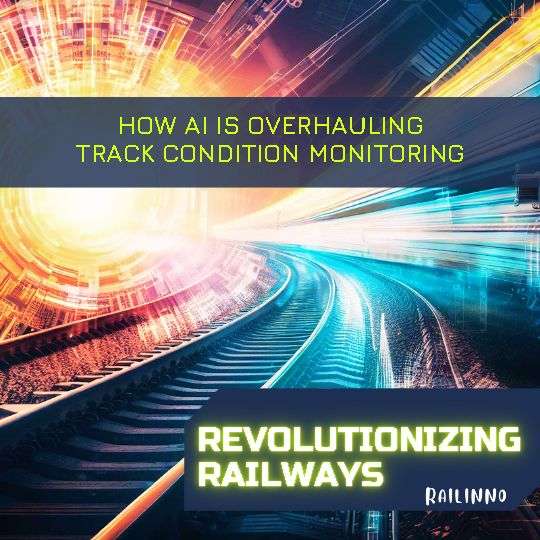
Revolutionizing Railways: How AI is Overhauling Track Condition Monitoring (SkillRails (c))
Revolutionizing Railways: How AI is Overhauling Track Condition Monitoring – a phrase that is enough to make even the most tech-averse folks sit up and take notice. After all, we’ve long been intrigued by the potential of artificial intelligence when it comes to handling complex tasks, making our lives easier in myriad ways.
But what about the railways? Can AI really deliver on its promises and help revolutionize the way we monitor track conditions? Well, the short answer is a resounding “yes.” Over the past few years, a number of developers and engineers have been working round the clock to create AI-powered systems that can monitor track conditions in real-time, making it possible for railway operators to identify and fix problems before they escalate into something more serious.
And the results have been remarkable.One of the biggest advantages of AI for track condition monitoring is the way it can process and analyze vast amounts of data, spotting patterns and anomalies that might otherwise go unnoticed.
Using machine learning algorithms, these systems can learn from past experiences and continuously improve their performance, helping railway operators to stay ahead of the game when it comes to maintenance and repairs.But that’s not all.
AI-powered track condition monitoring systems have also been shown to increase the speed and accuracy of diagnosis, reducing downtime and improving overall safety. By continuously monitoring conditions and flagging potential issues early on, these systems can help minimize the risk of accidents and derailments, keeping both passengers and cargo safe.
Of course, implementing this technology isn’t exactly a walk in the park. From infrastructure upgrades to data integration and security concerns, there are a number of challenges that need to be overcome before AI for track condition monitoring can become the norm.
But with the potential benefits clear for all to see, it’s only a matter of time before we see more and more railways embracing this game-changing technology. So, there you have it – the future of track condition monitoring is bright, thanks in large part to the revolutionary power of AI.
And who knows – we might just be witnessing the start of a new era in railway technology, one where safety, reliability, and efficiency are taken to new heights.
Table of Contents
1. Introduction to AI in Railways
Trains have greatly impacted travel and business since the industrial revolution. Despite advancements, railway safety remains a critical concern.
That’s where AI comes in, utilizing advanced algorithms and machine learning to enhance safety. AI involves machines simulating intelligent behavior, learning from experience, and self-improving, all without human intervention.
The possibilities for AI in the railway industry are vast, with autonomous trains that self-correct and self-optimize. AI can forecast and prevent accidents, lower costs, and increase efficiency globally.
This revolution is just getting started, and the future of railways with AI is limitless.
2. Old vs Modern Track Monitoring
Railways have been a significant mode of transportation for centuries, contributing to the growth of civilization and playing a critical role in the global economy. However, regular infrastructure monitoring and maintenance are necessary despite the convenience, safety, and efficiency it provides.
AI has revolutionized track condition monitoring, which was previously time-consuming, expensive, and inaccurate.AI-powered sensors on trains detect tiny variations not visible to the naked eye, making it unnecessary for workers to manually check for defects like cracks or wear.
Machine learning algorithms analyze real-time data and predict potential damages, recommending maintenance schedules that prevent breakdowns and avoid costly disruptions. Moreover, AI can continuously adapt and optimize its algorithms, accounting for weather and traffic variables.
The rail industry is already benefiting from this transformation. Railways are safer, operate more efficiently, and have less unplanned downtime.
Implementing AI for track condition monitoring also frees up personnel for other tasks while improving accuracy and precision. Additionally, AI provides predictive insights, allowing the railway industry to improve overall performance, reduce operational costs, and enhance customer experience while creating a more sustainable future.
The power of AI for track condition monitoring is driving a new era of innovation, progress, and success in rail transportation.
3. How AI Improves Efficiency
Railway track maintenance has been revolutionized with AI, ushering in utmost efficiency and accuracy in track condition tracking. Artificial intelligence has been integrated into the existing railway infrastructure, providing valuable insights into track conditions.
AI has brought unprecedented precision, speed, and cost-effectiveness, starting from data collection to data analysis and interpretation. AI algorithms identify, classify, and predict maintenance needs, reducing accidents and minimizing downtime.
This technology is incredibly effective, saving millions of dollars that manual inspections and maintenance would incur. The impact of AI on railway track maintenance is undeniable, setting a standard for how technology can improve efficiency and safety in the railway industry.
Its continued adoption testifies to its effectiveness and immense benefits. The intersection of AI and railway track maintenance is a promising area with exciting developments ahead.
4. AI’s Impact on Maintenance
Artificial intelligence has revolutionized various sectors of the economy, including the railway industry. It has dramatically altered track monitoring methods and increased efficiency while saving resources.
The industry previously relied heavily on human-based inspections, which are time-consuming, expensive, and prone to human error. Now, AI allows for precision and innovation that is cost-effective, secure, and entirely autonomous.
Railway operators can visualize and intercept issues before significant damage, and maintenance can be planned more effectively. Predictive maintenance and self-repairing railways are possibilities with AI implementation.
However, educational resources are necessary for the workforce to comprehend and engage with this technology. AI for railways will fuel a new era of growth for the entire sector.
5. Preventing Accidents with AI
AI is revolutionizing railway maintenance, a crucial aspect of modern infrastructure. Wear and tear are inevitable, but AI can analyze vast amounts of data to identify potential issues before they become critical.
This proactive approach allows maintenance teams to take action and prevent accidents, potentially saving lives. In real-time, one company is already using AI to monitor train tracks, analyzing data from installed sensors.
As the technology evolves, we can expect even more innovative solutions to emerge. The future of railways looks bright with the help of AI.
6. Cost Savings with Predictive Maintenance
AI technology is revolutionizing railway track safety by enabling real-time tracking of track conditions. The benefits of this technology, such as cost savings with predictive maintenance, are becoming essential for ensuring passenger and freight safety.
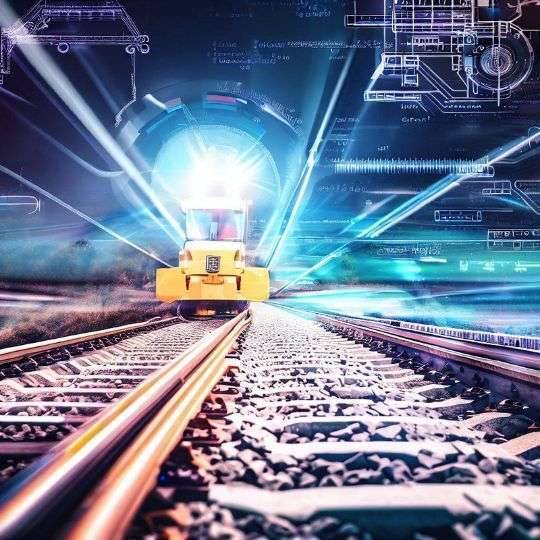
AI algorithms and machine learning techniques provide insights into data collected from various sensors that monitor track conditions, such as temperature, vibrations, and video surveillance. Railway operators can reduce the time and money spent on unscheduled maintenance activities while ensuring the safety of the tracks through predicting maintenance requirements.
This is even more necessary now that trains are transporting greater goods and people than ever before. AI also allows operators to identify potential safety hazards before they become problems, which reduces the risk of costly financial losses and human lives.
Human intervention is still necessary to take action despite the high effectiveness of AI for railway track safety in detecting potential issues. However, the potential benefits of increased safety, cost savings, and efficiency are too great to ignore.
Operators will need training on how to interpret the data and take necessary corrective action.In conclusion, the future of rail transportation looks bright with AI leading the way towards improved safety and efficiency.
7. Real-time Monitoring and Alerts
The technological revolution happening now is unlike any other in history. AI and machine learning are leading the charge, and industries are scrambling to integrate these new technologies to improve efficiency in ways previously impossible.
One industry that AI and machine technology are particularly impacting is railways. Railways are now taking advantage of AI technology and software to modernize their track condition monitoring system, particularly with real-time alerts.
Thanks to AI-powered systems, even the smallest imbalances or misalignments in the tracks can be detected, preventing future accidents.The importance of real-time monitoring and alerts cannot be overstated.
They help prevent accidents, minimize downtime, and reduce maintenance costs. However, to understand how this works, one must delve into the technical details.
These systems heavily rely on data processing and analysis, with sensors and cameras used to analyze vast amounts of data. This allows AI to identify any issues with rail tracks with accuracy, speed, and detail, providing crucial alerts and feedback to engineers on the ground.
This allows them to intervene and prevent any accidents from happening.The impact of AI on the railway industry is impressive.
Real-time monitoring and alerts allow operators to stay on top of safety concerns, minimizing costs and unnecessary repairs. The success of AI in railway track inspections sets a precedent for other industries to explore innovative approaches towards increasing safety, efficiency, and productivity.
Thanks to AI, railway safety is becoming even more efficient, setting the stage for the future of transportation to be safer and more reliable than ever.
8. Autonomous Track Inspections
AI-powered railway track monitoring is changing the game for the industry by eliminating manual inspections and human errors. The cutting-edge solution offers unparalleled accuracy and efficiency, making a positive impact.
It can detect minute cracks, inspect rail joints, and identify potential issues with railway infrastructure. AI-powered track monitoring can cover miles of railway tracks within hours, allowing railways to maintain their infrastructure better.
However, there are concerns about its viability, potential job displacement, and implementation in less developed regions with limited resources and infrastructure. Despite these concerns, AI track monitoring offers many benefits, including minimizing downtime, improving safety, and reducing costs in the long run.
It will make railways even more efficient and dependable. Advancements like this bring a lot of excitement to the industry, and we can only imagine the new applications being developed as we explore the world of AI further.
9. Success Stories of AI Railways
Railways have been around for nearly two centuries to improve transportation, but their condition has deteriorated over time. Artificial Intelligence (AI) technology can help maintain railway tracks, making the maintenance process more efficient and effective.
AI-powered railways have achieved success globally, with numerous benefits such as reducing accidents, minimizing railway downtime, optimizing the life of tracks, and saving on maintenance costs. Previously, manual inspection was time-consuming and labor-intensive, but with AI, it’s easier to monitor rails in real-time, and sensors like cameras, infrared, and ultrasonic sensors collect data to analyze.
The Indian Railways use AI to monitor tracks, and this has helped detect defects and avoid accidents. The Dutch Railways have also seen a significant improvement in train travel times with the help of AI.
In conclusion, AI is revolutionizing railway maintenance, and success stories abound. As technology improves, we can anticipate more developments in this area.
The future of railways looks bright, and more providers should embrace this technology to improve their services.
10. Future of AI in Railways
The railway industry is an essential part of transportation worldwide, serving as a reliable and sustainable mode for freight and people. However, smoother railway operations require better track condition monitoring systems, and artificial intelligence (AI) can help.
AI is revolutionizing railway maintenance by enabling operators to monitor their tracks and avoid accidents in real-time.AI can improve safety, operational efficiency and reduce costs in the railway industry.
It can analyze vast amounts of data to detect and predict track defects before they become critical, empowering rail operators to perform maintenance activities on a timely basis. However, this requires advanced algorithms to analyze data and generate accurate predictions.
The use of AI involves machine learning, computer vision and Internet of Things (IoT) devices to continually monitor railway tracks. Real-time data can help identify anomalies, track faults and optimize maintenance schedules based on track needs rather than adhering rigidly to maintenance schedules.
Implementing AI systems across the board can be challenging due to railway complexity. However, some companies are partnering with AI startups to develop their predictive maintenance systems.
AI’s impact on railway maintenance is expected to enhance rail operations and transform the entire industry, paving the way for the future of efficient and sustainable railway transportation.
Closing Remarks
As we look to the future of TRACK CONDITION MONITORING, it is clear that traditional solutions may soon be surpassed by the power and potential of AI. The vast capabilities of AI technology have the potential to revolutionize the way we approach railway maintenance, providing us with real-time data and insights that can enable us to detect issues and take proactive steps to prevent accidents and improve safety.
While there may be concerns about the impact of AI on the workforce, there can be no denying that AI has the capability to enhance our ability to maintain and monitor track conditions like never before.The benefits of AI in this field are numerous and far-reaching, and include the ability to analyze large amounts of data in real time, facilitating predictive maintenance measures and increasing the safety of the rail network.
This transformational process has already begun, with a number of operators already implementing AI solutions to monitor track conditions, ensuring more effective and efficient maintenance operations. In this way, AI has the potential to truly revolutionize the industry, creating a safer and more efficient railway network for us all.
Of course, there may be challenges ahead as the industry grapples with the implications and practical aspects of implementing AI solutions. There may also be questions around the regulatory frameworks that will be required to ensure that AI is used in a safe and responsible manner.
But these challenges are outweighed by the potential benefits that AI can bring, and we must embrace the opportunities provided by this technology to improve the safety and reliability of our railways. So, as we move into a new era of TRACK CONDITION MONITORING, we must be willing to embrace the transformative power of AI, to push boundaries, and to think creatively about how we can best utilize this technology to keep our railways safe and efficient.
By doing so, we can create a future in which technology and human expertise combine to ensure that our railways are fit for purpose and that passengers and freight can travel safely and securely across the nation.
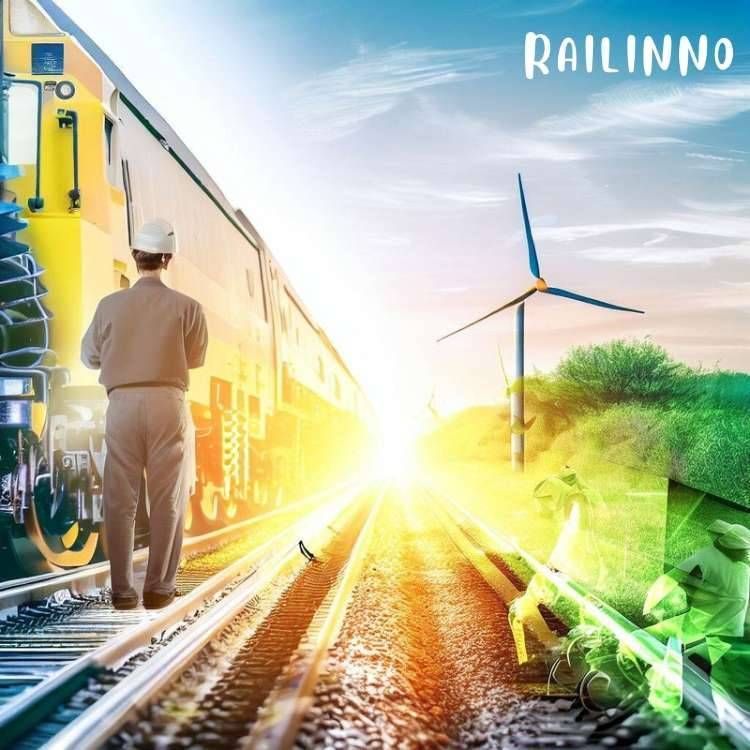
More Articles
Categories
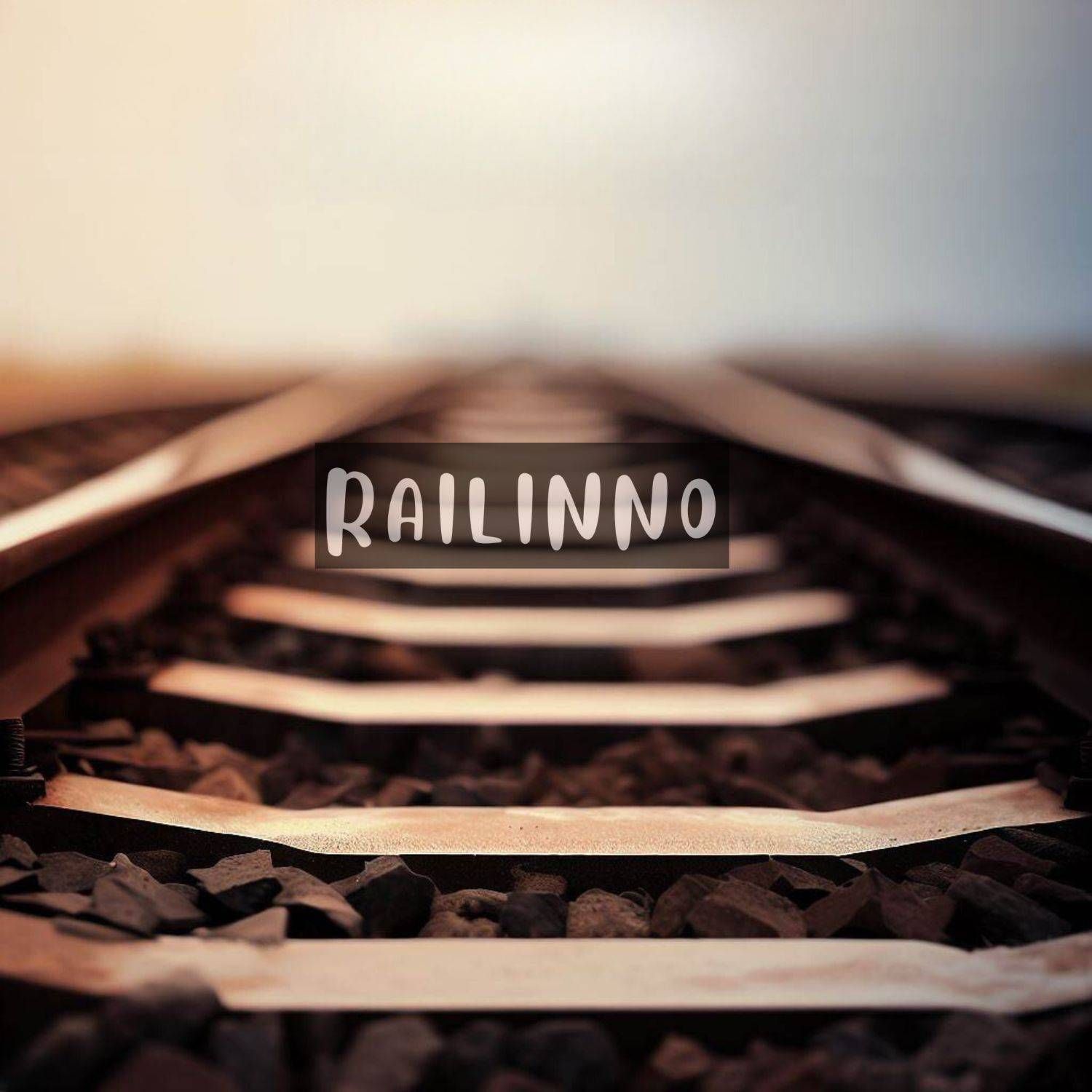

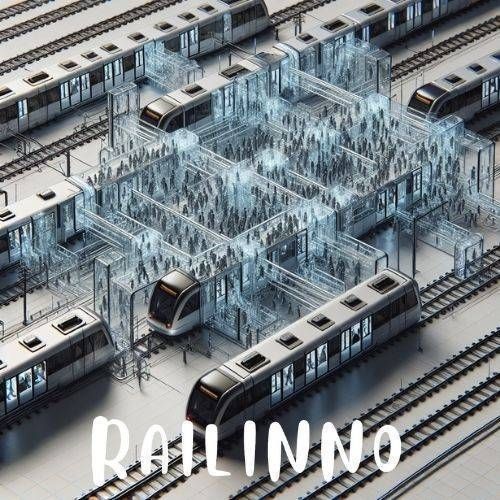



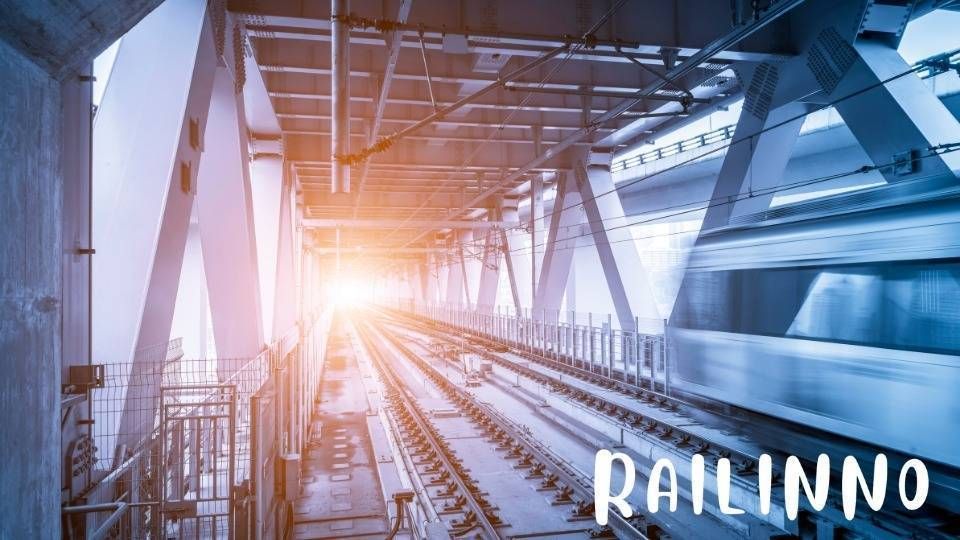
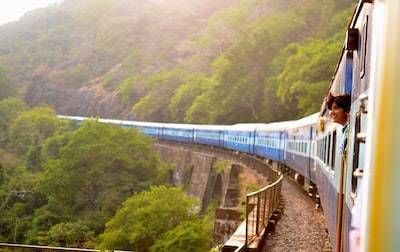
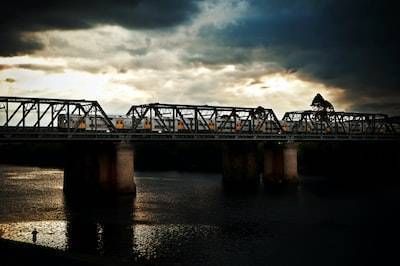
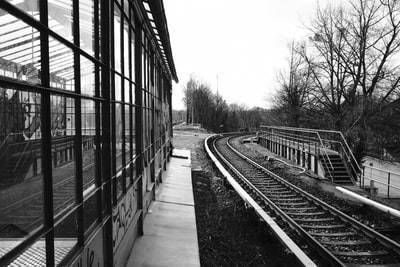
Leave a Reply